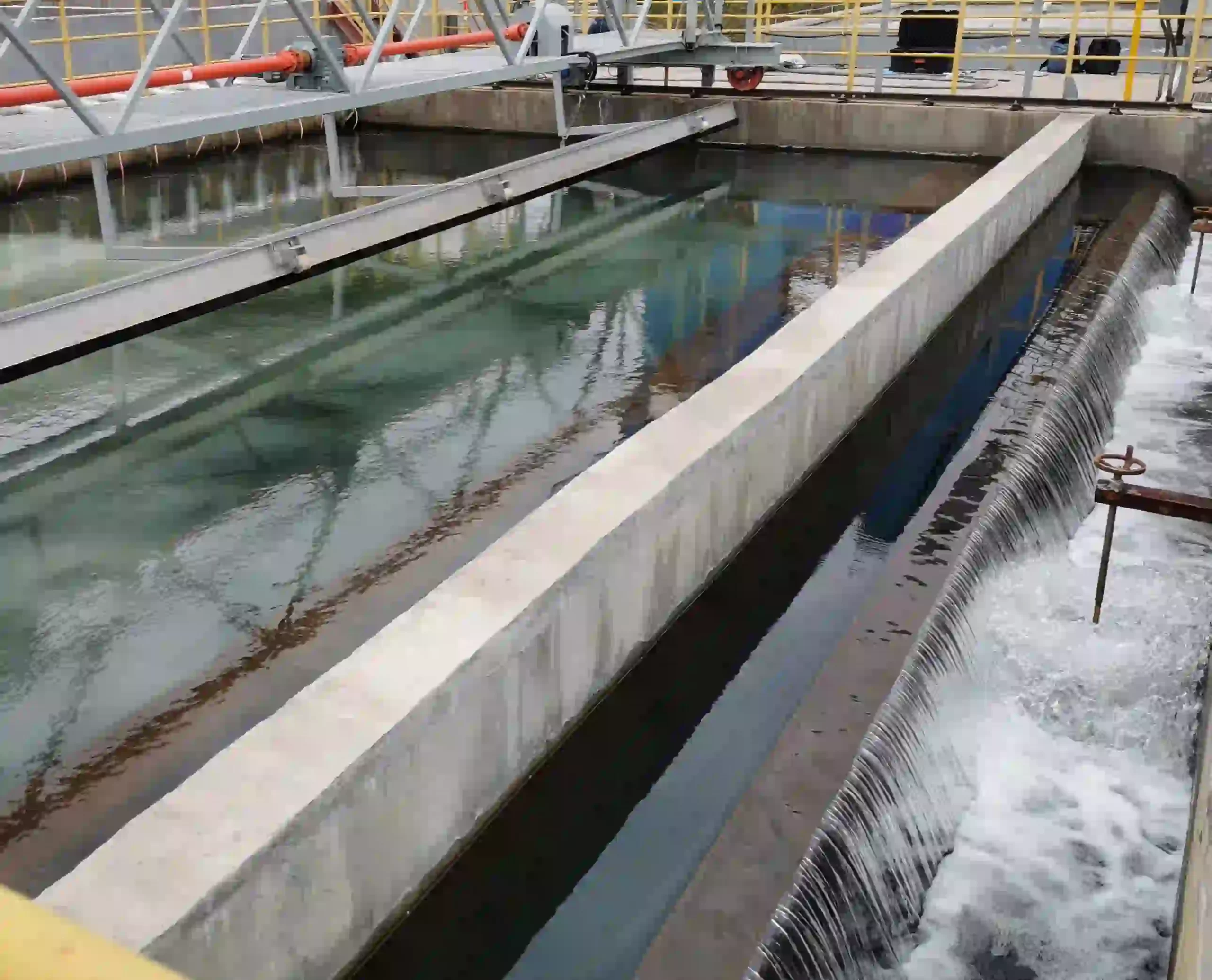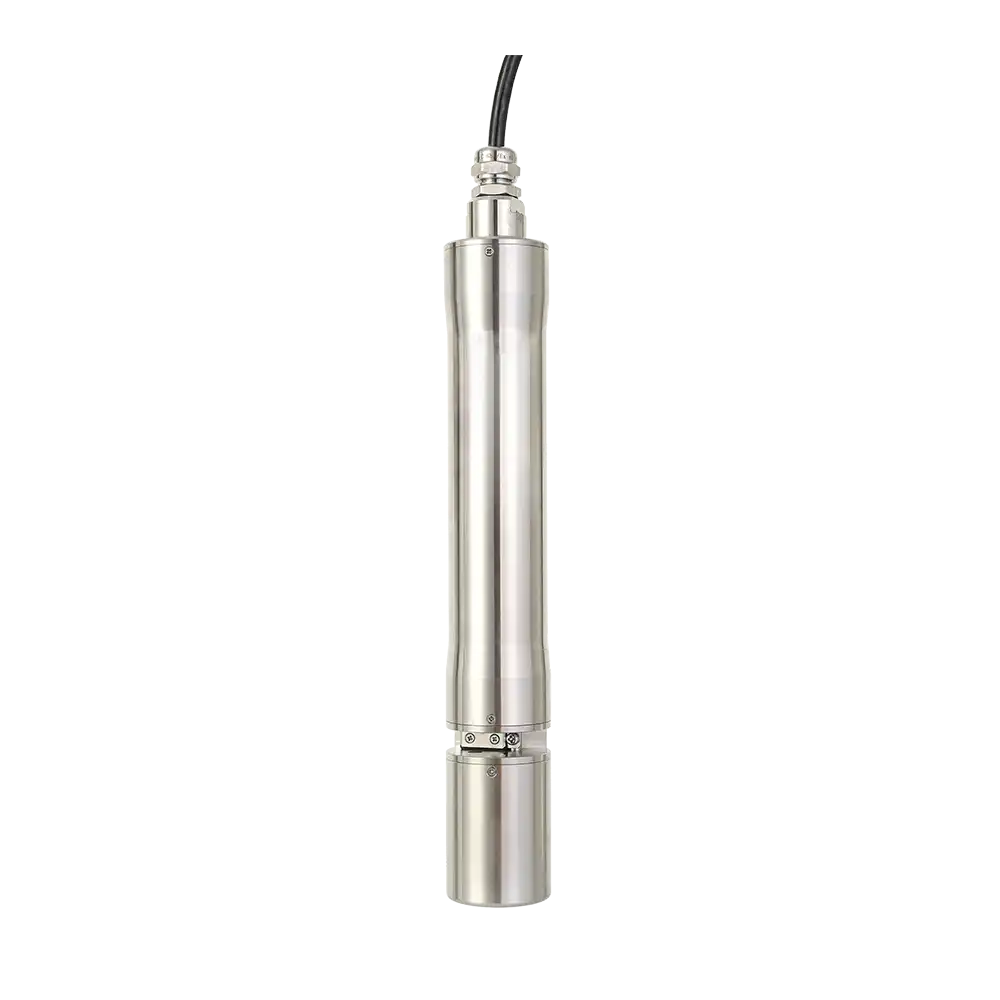Dual-Wavelength Water Quality Sensor
The dual-wavelength water quality sensor operates on the principle of UV-Vis absorption spectroscopy, utilising 254nm and 550nm wavelengths. It measures organic matter in water (such as COD, TOC, BOD) and includes turbidity compensation. The 254nm wavelength is used for detecting organic matter absorption, while the 550nm wavelength measures turbidity/suspended solids to provide compensation.
Why Choose 254nm?
Most natural and synthetic organic compounds (such as proteins, nucleic acids, oils, dyes, pesticides, antibiotics, aromatic compounds, etc.) contain conjugated double bonds or unsaturated functional groups, which exhibit significant absorption at 254nm. Through long-term practice, this wavelength has proven to be highly universal, technically mature, and cost-effective, making it the preferred choice for organic matter measurement in the industry.
Advantages
- In-situ optical measurement with no chemical reagents required, environmentally friendly
- Fast measurement, with the shortest measurement cycle of 10 seconds
- Long maintenance-free period, equipped with an automatic cleaning brush
- RS485 communication for quick connection to controllers
- IP68 protection rating, suitable for harsh environments
- Low power consumption, can be powered by batteries for easy deployment
Application Areas
Given its fast measurement, pollution-free operation, built-in cleaning brush, and long maintenance-free period, the dual-wavelength sensor is suitable for scenarios with relatively stable water quality, where the primary goal is monitoring water quality trends, accuracy requirements are moderate, and suspended solid content is low.
- Effluent monitoring at wastewater treatment plants
- Watershed, surface water, and groundwater monitoring
- Urban sewage pipeline monitoring
- Industrial water monitoring
For scenarios with complex water quality, high and variable organic content, and high accuracy requirements—such as influent monitoring at wastewater treatment plants or water treatment process monitoring—the dual-wavelength sensor may not perform optimally. In such cases, a full-spectrum sensor (link to the full-spectrum sensor article) would be more suitable.


